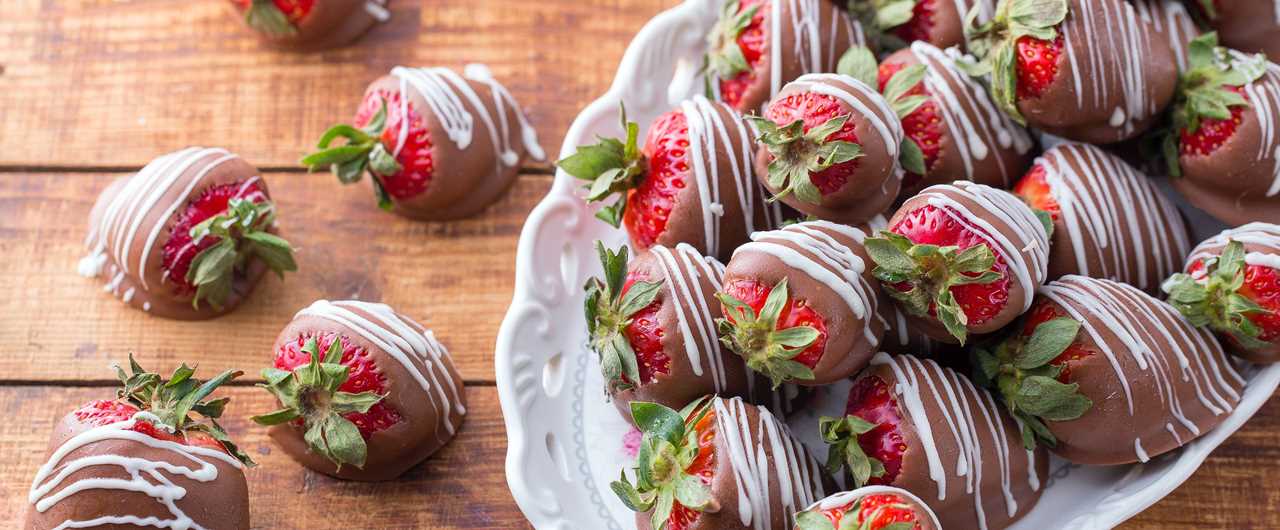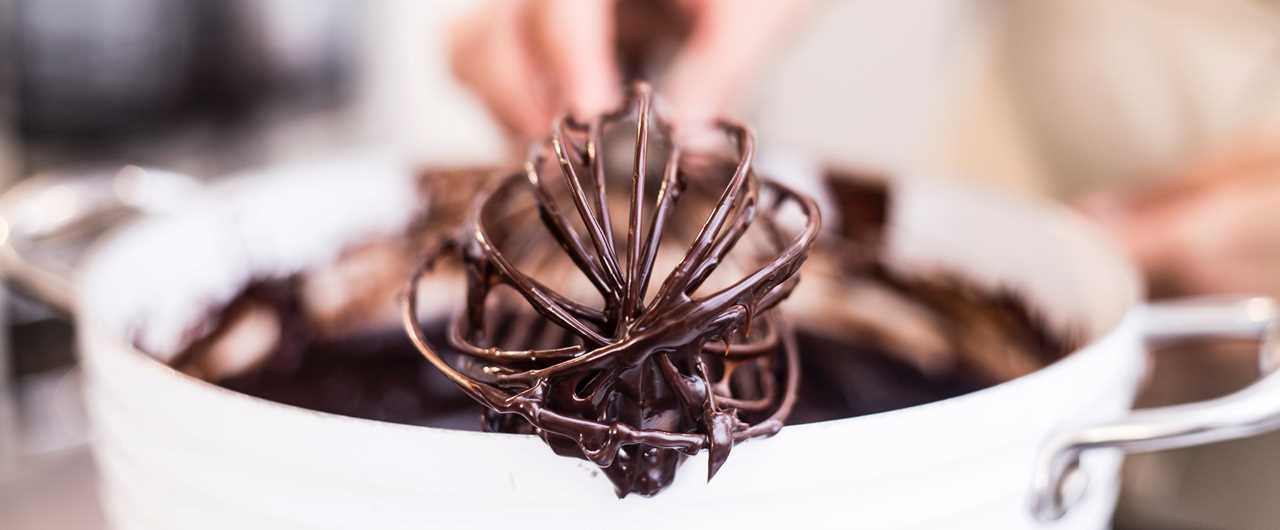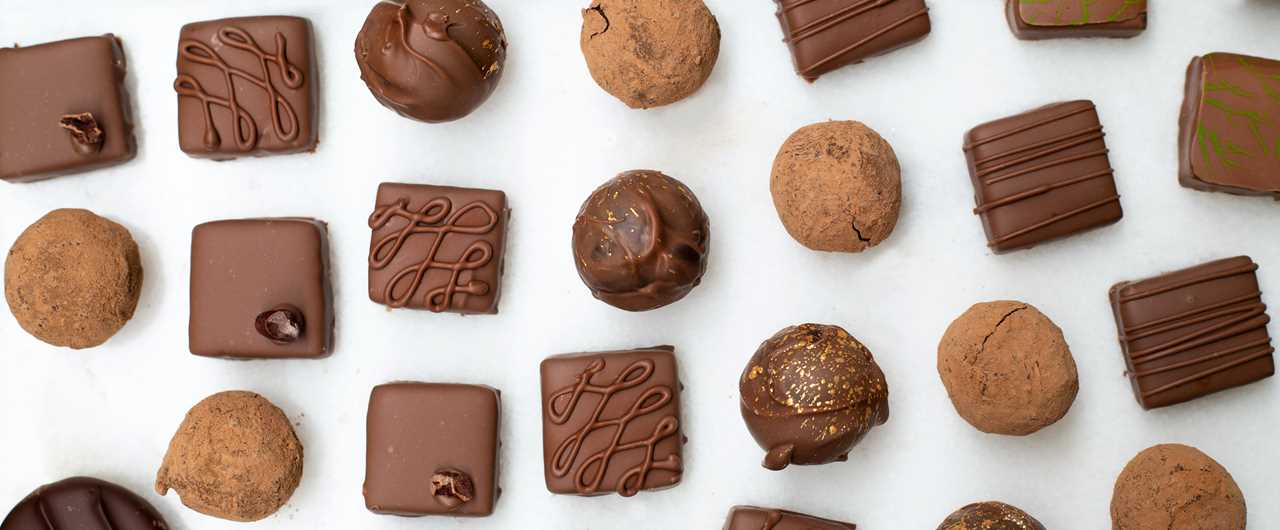This week marks National Chocolate Week – a week to celebrate one of life’s most loved pleasures. Hot chocolates, birthday gifts, Easter eggs, and so much more, chocolate is one of the most loved and treasured foods on the planet.
However, do many of us really know much about the sweet stuff? As National Chocolate Week draws to an end, this week’s blog post is here to give you a run down on the history of chocolate and you’ll be sure to impress with your new fountain of sweet knowledge!
Chocolate is made from the fruit of the cacao tree – a species native to Central and South America. Cacao beans are dried and roasted to create cocoa beans which is the essential ingredient in modern day chocolate. Modern chocolate is as used in many ways, for example, as a garnish in dishes like our Crown Prince Pumpkin, or as the top flavour in many others, such as our Manjari Dark Chocolate!
It’s not entirely possible to trace an exact date at which humans first began consuming cacao; although the earliest traces were found in ancient pots and vessels from around 1500BC. These pots were found with trace amounts of theobromine on the interior; a chemical compound which is a major indicator of the presence of cacao.
Various ancient civilisations were known for their adoration of cacao. It is known that Mayan people used cacao during celebrations, feasts, weddings, and more – not too dissimilar to our usage of chocolate today! The cacao was consumed in a way which is quite unfamiliar to how it is in the modern day. Cacao was served as a bitter, frothy drink, and seasoned with things such as chili peppers and cornmeal. People in the Aztec Empire revered cacao believing it was a gift sent from their Gods. In this time, the cacao bean was more valuable than gold and commonly used as currency, as well as continuing the Mayan ways of drinking it in a beverage.
There are conflicting stories about the arrival of the delicacy in Europe, however, we can be almost certain that it first arrived in Spain, sometime during the 16th century. Whilst people continued to enjoy it as a beverage, sugar or honey was commonly added to suit the European palette, making the drink closer to what our modern hot chocolate may taste like! Within one hundred years, the craze and demand for cacao spread throughout the entire European continent.
It wasn’t until 1847 that chocolate was first made in solid form, when Joseph Fry began experimenting with ingredients and newly invented machinery. Within the next 30 years, milk chocolate was invented when Henri Nestle’s powdered milk was added into the mix, and then the taste and texture were later refined by Rodolphe Lindt’s inventions.
That brings us up to the modern day – chocolate continues to be one of the most popularly consumed flavours in the world, being used in all sorts of foodstuffs from cakes, mousse, and more. Most chocolate consumed in modern society is sweetened and processed to suit a modern palette!
Do you have a sweet tooth? Some of our favourite ways to use chocolate are in cakes, such as the delicious passion fruit and white chocolate cheesecake served on our autumn afternoon tea menu! We also think a hot chocolate is a perfect way to honour the original methods of consuming chocolate this National Chocolate Week.











